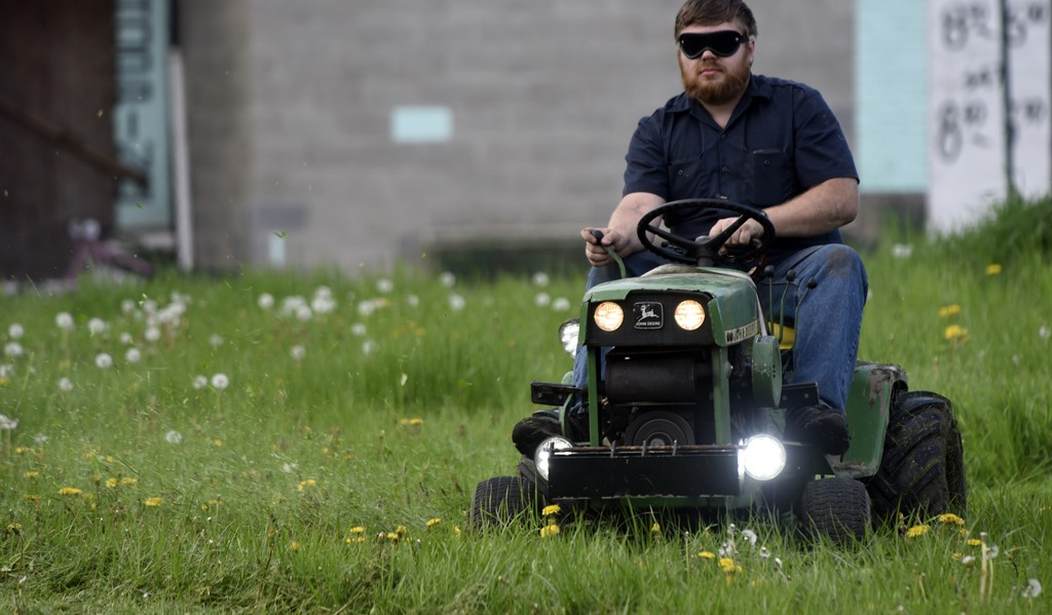Like many states in the west, Colorado has been facing near-drought conditions over the past several years. This has put enormous pressure on the available supply of fresh water, a resource that is quickly growing both scarce and expensive. That situation has prompted the state legislature to conduct studies of their water management plans and come up with some potential solutions. Roughly half of all of the fresh water used in the state winds up going to landscaping and lawn care needs. To reduce that drain on the system, Colorado is preparing to ask homeowners and businesses to do away with their lawns and replace them with native plants that are more suited to the state’s dry environment. But rather than forcing people to do it, they will offer to pay them as an incentive to cooperate voluntarily. (Associated Press)
Facing a historic megadrought all across the American West with no end in sight, Colorado lawmakers, looking for easy and effective ways to conserve water, set their sights on Kentucky Blue Grass.
Not just Kentucky Blue Grass but all kinds of non-native grasses planted in front lawns, back lawns, green strips fronting businesses and apartment complexes. Those lawns take up about half the water used in Colorado’s cities.
“There’s not any more water out there and what water is out there is becoming really expensive,” John Berggren, a water policy analyst with Western Resource Advocates, said. “So let’s look at how we’re using it now.”
An incentive program is obviously superior to a government mandate, and this one may wind up paying for itself if the demand for fresh water can be driven down. Other states have seen success with similar programs and people have begun to realize that there are other landscaping options beyond neatly mowed surfaces covered with Kentucky Blue Grass.
Much as is the case in California, residents of many parts of Colorado may simply have to come to terms with the fact that they live in a desert. It’s not as bad as the Sahara, of course, but the average rainfall is never what you would consider tropical. When people began modernizing communities in Colorado, they quickly started importing species of grass and plants not native to the area, and those plants need a lot of water. That’s just not an option at the moment.
Other parts of the west are fighting the same battles and dealing with the results of generations of wasteful water management. Lake Mead is currently on its way to drying up entirely. The Colorado River is similarly slowing to a trickle. If you want to continue to be able to supply potable water to all of the residents, you’re going to have to make some cuts someplace.
A large part of the problem is probably found in the fact that so many people have migrated to Colorado and other parts of the west from the Midwest and the Northeast. Upon arriving, they wanted their new homes to look like their old ones, including the landscaping. But that’s not what deserts are supposed to look like and you have to force unnaturally large volumes of water into them to keep them green. It was never a sustainable situation in the first place.
If you want to live in a desert, that’s fine. But you need to accept that deserts look different. Rock gardens and cacti can be sculpted into attractive displays and they won’t suck up all of your drinking water. So I’ll offer a tip of the hat to the Colorado legislature on this matter. It seems like a sensible solution and one that can be enacted without a government mandate. Let’s hope it works out well for them.








Join the conversation as a VIP Member